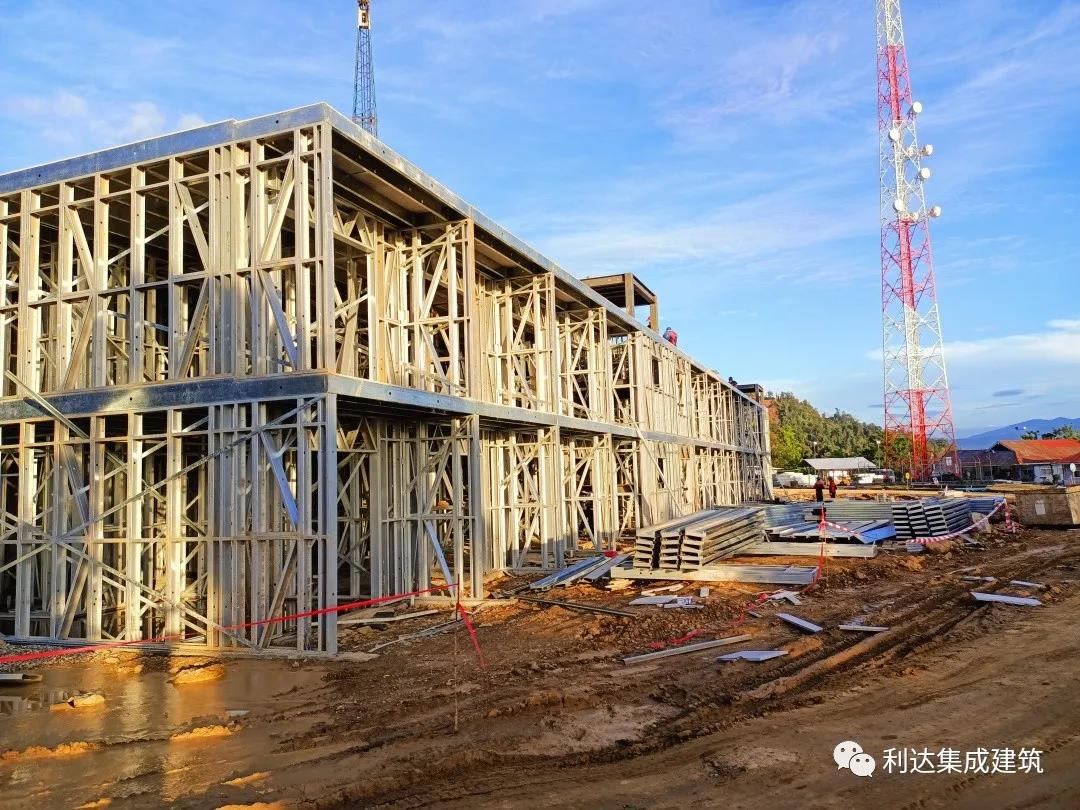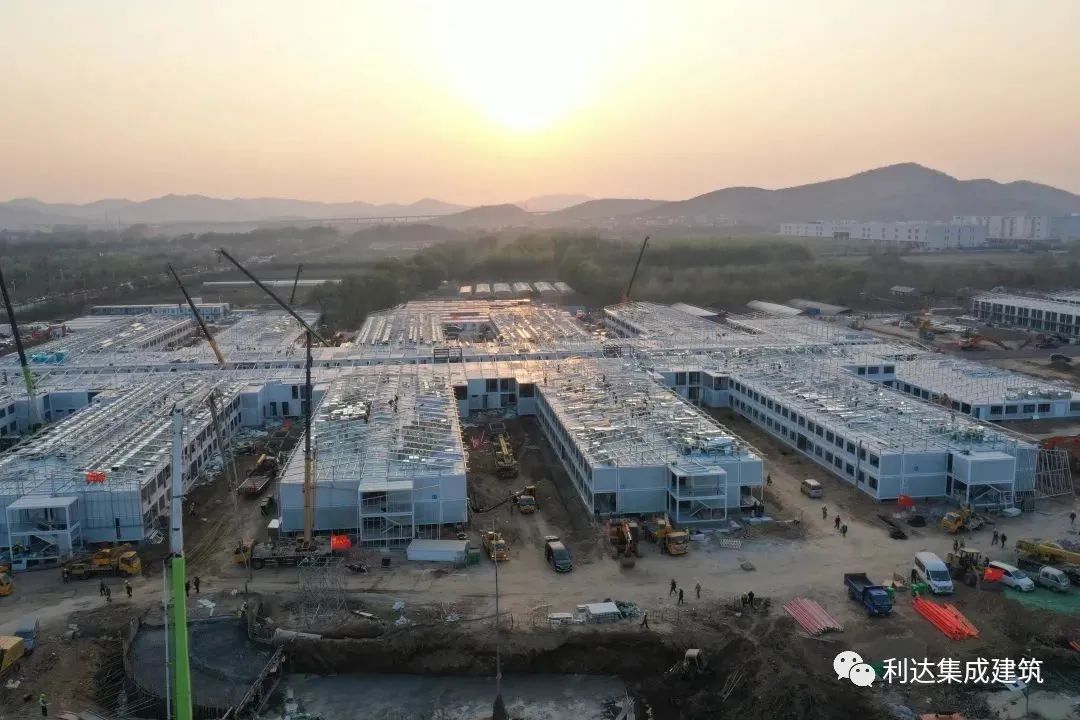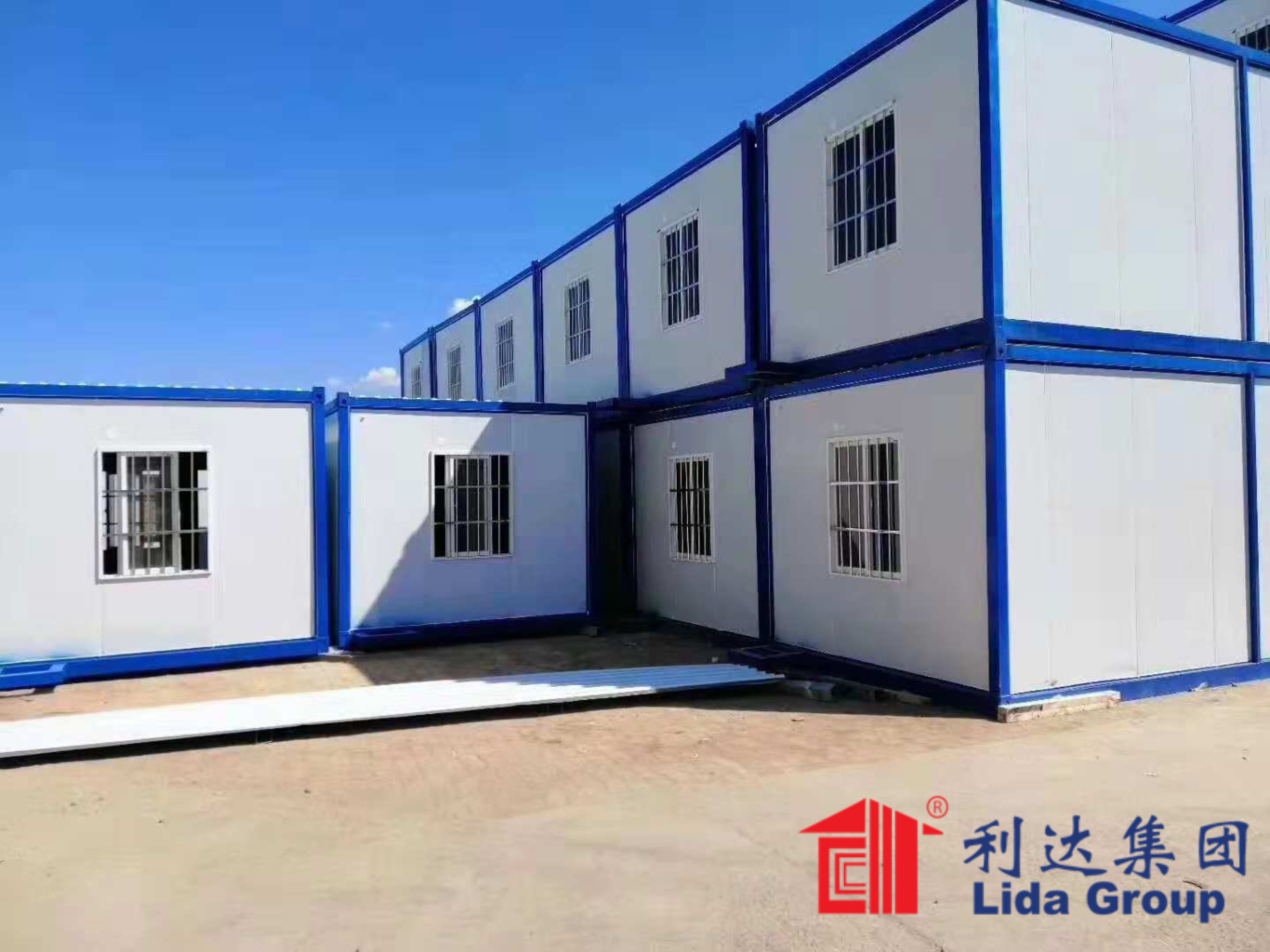PRODUCT INFORMATION
Introduction: Understanding the Benefits of Steel Structure Buildings
Introduction:
Steel structure buildings have gained immense popularity in the construction industry due to their numerous advantages and benefits. The use of steel frame construction offers a range of benefits that make it a preferred choice for architects, engineers, and builders alike. In this section, we will delve into the various advantages of steel buildings and highlight why they are becoming increasingly popular in modern construction projects.
From durability and strength to cost-effectiveness and sustainability, steel structures offer a host of benefits that traditional building materials simply cannot match. Whether it’s for residential, commercial, or industrial purposes, steel structure buildings have proven to be a reliable and versatile option.
In the following sections, we will explore the specific advantages of using steel in construction projects. We will discuss how steel structures provide superior strength and stability compared to other materials. Additionally, we will highlight how these buildings are not only durable but also resistant to fire, pests, and adverse weather conditions.
Furthermore, we will examine the cost-effectiveness of steel structure buildings by considering factors such as reduced maintenance costs over time and shorter construction periods. We will also touch upon the sustainability aspect of using steel in construction projects by highlighting its recyclability and energy efficiency.
By understanding the benefits that come with steel structure buildings, you can make an informed decision when it comes to your next construction project. Whether you are an architect looking for innovative design possibilities or a builder seeking efficient construction methods, exploring the advantages of steel structures is crucial in today’s rapidly evolving industry.
Join us as we dive into the world of steel structure buildings and discover how they can revolutionize your approach to construction.
Strength and Durability: Why Steel is the Material of Choice
When it comes to strength and durability, steel stands out as the material of choice. Its remarkable properties make it an ideal option for various applications, from construction to manufacturing.
One of the key reasons why steel is highly regarded for its strength is its exceptional tensile strength. Steel has the ability to withstand heavy loads and resist deformation, making it perfect for structural purposes. Whether it’s supporting towering skyscrapers or bridges spanning vast distances, steel’s inherent strength ensures structural integrity and long-term stability.
Durability is another standout feature of steel. Its resistance to corrosion and rust makes it highly resilient in various environments, including harsh weather conditions. This durability translates into reduced maintenance costs and a longer lifespan for structures made with steel.
Furthermore, steel’s resistance to natural disasters sets it apart from other materials. It can withstand extreme forces such as earthquakes, hurricanes, and fires better than many alternatives. This makes steel an optimal choice for buildings located in areas prone to such hazards.
In conclusion, the combination of exceptional strength, durability, and resistance to natural disasters positions steel as the material of choice for a wide range of applications. Its ability to provide structural integrity while withstanding environmental challenges makes it a reliable option that stands the test of time.
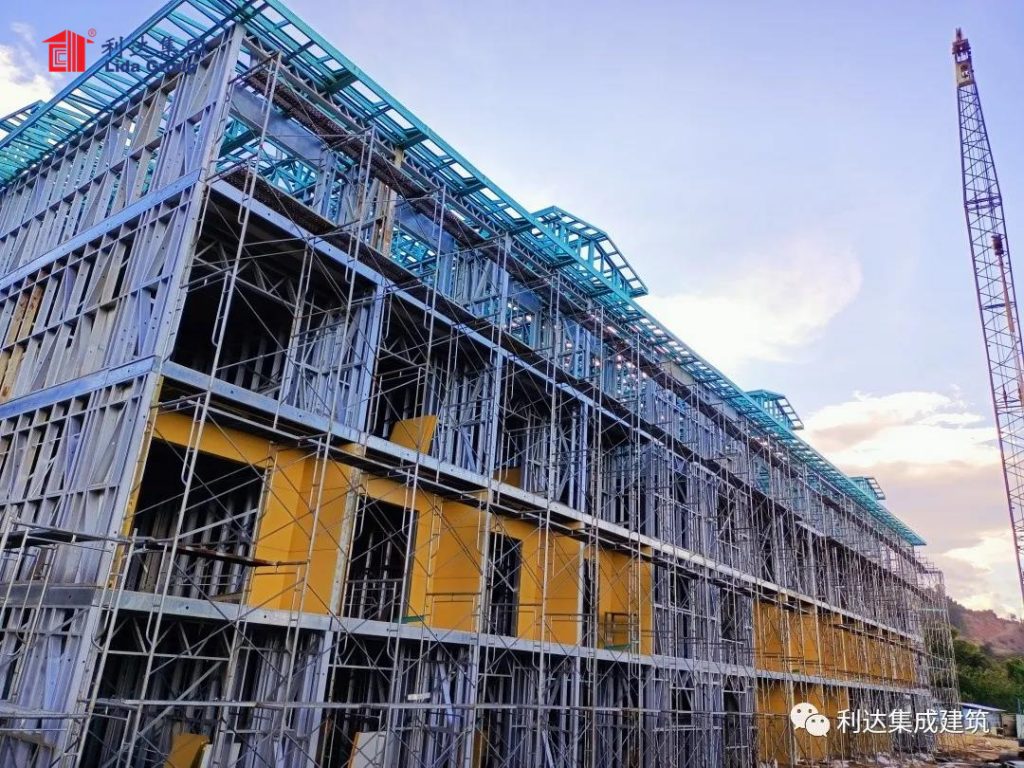
a) High Load-bearing Capacity for Safety and Stability
In the field of construction and engineering, ensuring safety and stability is paramount. One crucial aspect that contributes to this is the load-bearing capacity of structures. The ability of a structure to support heavy loads without compromising its integrity is essential for the safety of occupants and the longevity of the building.
Structural stability relies heavily on a high load-bearing capacity. This capacity refers to the maximum amount of weight or force that a structure can safely withstand without experiencing deformation or failure. Buildings, bridges, and other infrastructure projects must be designed with careful consideration given to their intended purpose and the anticipated loads they will need to support.
By incorporating materials with strong load-bearing capabilities into construction projects, engineers can ensure that structures are built to withstand heavy loads over extended periods. This not only guarantees safety but also enhances durability, reducing maintenance costs in the long run.
The importance of high load-bearing capacity cannot be overstated when it comes to ensuring the safety and stability of structures. It provides peace of mind for both builders and occupants alike, knowing that their environment is secure even under demanding conditions. Whether it’s supporting heavy machinery in industrial settings or accommodating large crowds in public spaces, a robust load-bearing capacity is crucial for maintaining structural integrity.
In conclusion, prioritizing high load-bearing capacity in construction projects is essential for achieving safety and stability objectives. By utilizing materials and design techniques that can handle heavy loads effectively, engineers can create structures that stand strong against external forces while providing peace of mind for those who rely on them.
b) Resilience to Environmental Factors: Fireproof and Termite-resistant Properties
In an era where environmental factors such as fires and termites pose significant threats to buildings, the need for resilient structures has become paramount. The construction industry is now focusing on developing fireproof buildings and termite-resistant structures to mitigate potential damage and ensure long-lasting safety.
Fireproof buildings are designed with materials and systems that can withstand extreme heat and prevent the spread of fire. These structures are equipped with fire-resistant materials such as concrete, steel, and gypsum boards that can effectively resist the damaging effects of flames. By incorporating fireproofing measures, buildings can minimize the risk of structural collapse during a fire incident, providing occupants with valuable time to evacuate safely.
Similarly, termite-resistant structures are gaining prominence in regions where termite infestations are prevalent. These buildings are constructed using materials that termites find unattractive or cannot easily penetrate. Innovative techniques such as treated wood, concrete foundations, metal barriers, and chemical treatments are employed to create a protective shield against termite damage. By implementing these preventive measures, property owners can save themselves from costly repairs caused by termite infestations.
The importance of resilience to environmental factors cannot be overstated when it comes to ensuring the safety and longevity of our built environment. Fireproof buildings and termite-resistant structures not only protect lives but also safeguard valuable assets from irreparable damage. As we continue to face mounting challenges from fires and termites, investing in resilient construction practices becomes imperative for a sustainable future.
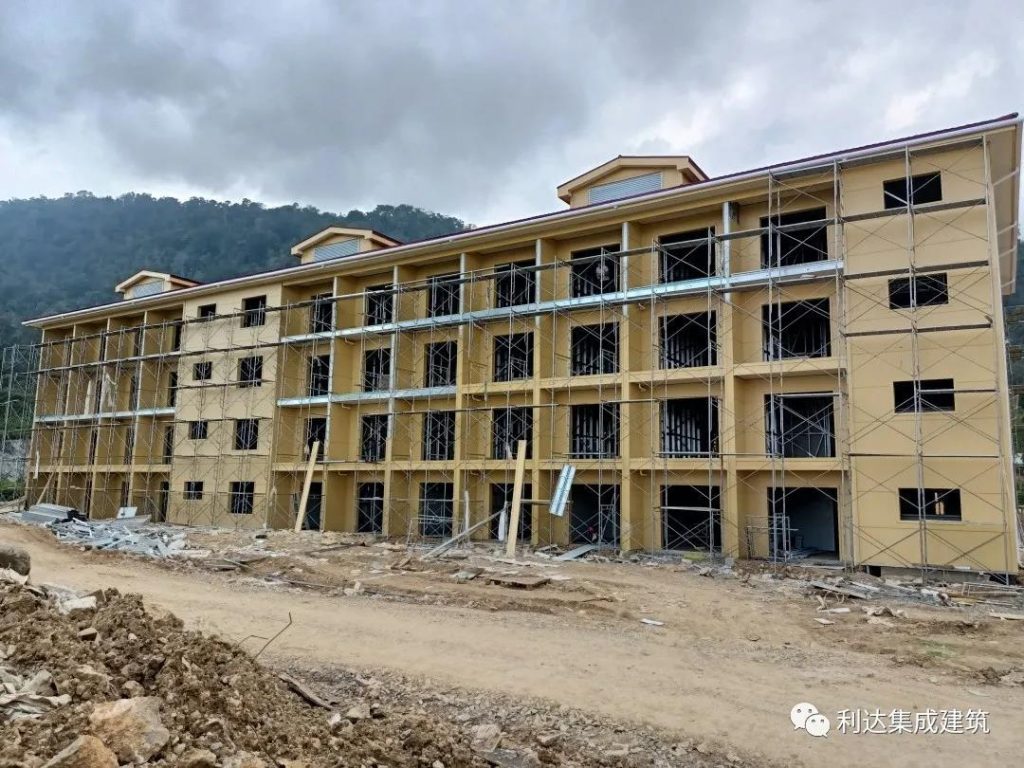
c) Longevity: Low Maintenance and Resistance to Corrosion and Weathering
When it comes to constructing buildings that stand the test of time, low maintenance and resistance to corrosion and weathering are crucial factors to consider. Steel structures have proven to be a reliable choice in this regard.
One of the key advantages of steel structures is their low maintenance requirements. Unlike other building materials, steel does not require frequent painting or sealing to protect it from corrosion. This significantly reduces the time and cost associated with upkeep, making steel structures a practical long-term investment.
Furthermore, steel exhibits exceptional resistance to corrosion and weathering. It naturally possesses properties that make it highly resistant to rust and deterioration caused by environmental factors such as moisture, sunlight, and temperature fluctuations. This durability ensures that steel structures maintain their structural integrity over an extended period.
By choosing steel for construction projects, builders can create low maintenance buildings that can withstand the harsh effects of corrosion and weathering. This not only ensures longevity but also provides peace of mind for property owners who can rely on the durability of their investment.
In summary, when considering longevity in building design, the low maintenance requirements and corrosion resistance properties of steel structures make them an ideal choice for constructing durable buildings that can withstand the test of time.
Economic Benefits: The Cost-effectiveness of Steel Structures
When it comes to construction, finding a cost-effective solution is always a top priority. Steel structures have emerged as an economical construction material that offers significant cost savings in the long run.
One of the key advantages of steel structures is their durability and longevity. Unlike other construction materials, steel is highly resistant to environmental factors such as corrosion, moisture, and pests. This means that steel structures require minimal maintenance and repairs over time, leading to substantial cost savings in terms of upkeep.
Additionally, the speed of construction with steel structures is unparalleled. The pre-fabricated nature of steel components allows for faster assembly on-site, reducing labor costs and overall project timelines. This not only translates into direct cost savings but also enables businesses to start generating revenue sooner.
Furthermore, steel structures are known for their flexibility and adaptability. They can easily be modified or expanded without compromising structural integrity or incurring excessive costs. This versatility makes them an ideal choice for businesses that anticipate future growth or changes in their operational needs.
In conclusion, opting for steel structures can provide significant economic benefits due to their cost-effectiveness in the long run. From reduced maintenance expenses to faster construction timelines and adaptability, these structures offer a compelling solution for businesses looking to optimize their construction budgets while ensuring durability and efficiency.
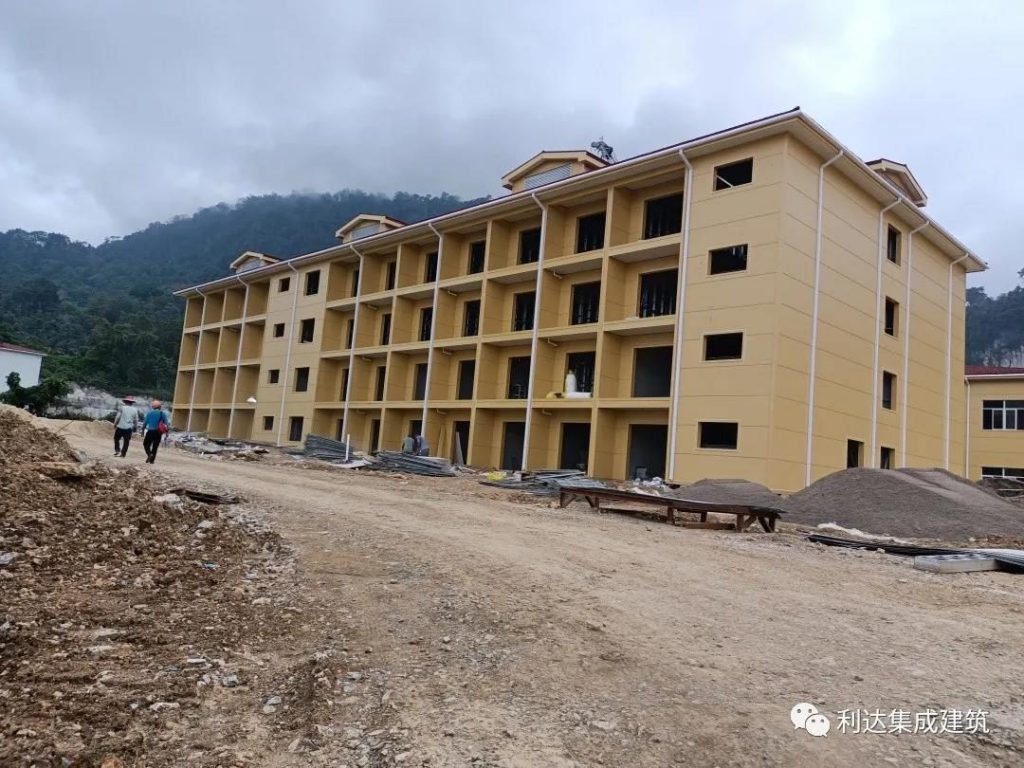
a) Reduced Construction Time with Prefabricated Components
In today’s fast-paced world, time is of the essence, especially in the construction industry. That’s where prefabricated steel components come into play, revolutionizing the way buildings are constructed and reducing construction time significantly.
Prefabricated steel components offer numerous advantages over traditional construction methods. Firstly, they are manufactured off-site in controlled environments, ensuring precision and quality. This eliminates delays caused by weather conditions or on-site issues that can often slow down a project.
The use of prefabricated steel components also streamlines the construction process. These components are designed to fit together seamlessly, allowing for faster assembly on-site. This not only reduces labor costs but also minimizes errors and rework that can further delay a project.
Furthermore, the lightweight nature of prefabricated steel components makes transportation and installation much more efficient. They can be easily transported to the construction site and quickly assembled, saving valuable time compared to traditional building materials.
The benefits of using prefabricated steel components extend beyond just speed. They also offer enhanced durability and strength, ensuring long-lasting structures that stand the test of time.
In conclusion, with prefabricated steel components, construction projects can be completed in a fraction of the time compared to traditional methods. The efficiency and speed offered by these components not only save valuable resources but also allow for quicker occupancy or utilization of the built environment. Embracing this innovative approach to construction is undoubtedly a game-changer for reducing overall construction time while maintaining high-quality standards.
b) Energy Efficiency and Sustainability in Building Design
In today’s world, energy efficiency and sustainability have become crucial considerations in building design. With the increasing demand for environmentally-friendly practices, architects and designers are embracing new approaches to create energy-efficient buildings while incorporating sustainable construction practices.
Energy-efficient buildings aim to minimize energy consumption and reduce carbon emissions. They utilize innovative technologies such as solar panels, efficient insulation, and smart lighting systems to optimize energy usage. By implementing these measures, buildings can significantly lower their environmental impact and contribute to a greener future.
Sustainable construction practices go hand in hand with energy efficiency. These practices focus on using eco-friendly materials, reducing waste generation during construction, and promoting renewable resources. From utilizing recycled materials to implementing green roofs that improve thermal insulation, sustainable construction techniques help create environmentally-conscious structures that blend seamlessly with their surroundings.
The benefits of prioritizing energy efficiency and sustainability in building design are numerous. Not only do these practices reduce operational costs through decreased energy consumption but they also enhance occupant comfort by providing healthier indoor environments. Additionally, they contribute to the overall well-being of the planet by conserving natural resources and mitigating climate change.
As we move towards a more sustainable future, it is essential for architects, designers, and builders to embrace energy-efficient buildings and sustainable construction practices. By doing so, we can create structures that not only meet the needs of the present but also ensure a better tomorrow for generations to come.
c) Flexibility for Future Expansions or Modifications
In today’s rapidly evolving business landscape, having a flexible and adaptable approach is crucial for long-term success. This holds true not only for the products or services offered by a company, but also for its website design and overall digital presence.
Versatile design options play a pivotal role in providing businesses with the flexibility they need to expand or modify their online presence as their needs evolve. A website that is built with easy adaptability in mind can easily accommodate future growth, changes in branding, or shifts in business strategy.
By incorporating a flexible design framework, businesses can seamlessly add new features, sections, or functionalities to their website without the need for extensive redevelopment. This not only saves time and resources but also ensures that the website remains up-to-date and aligned with the ever-changing needs of the target audience.
Moreover, a versatile design allows businesses to respond quickly to market trends or emerging technologies. It enables them to stay ahead of the competition by embracing new opportunities and adapting their online presence accordingly.
In conclusion, having a website with versatile design options provides businesses with the necessary framework to support future expansions or modifications. It empowers them to remain agile in an ever-evolving digital landscape and ensures that their online presence remains relevant and impactful.
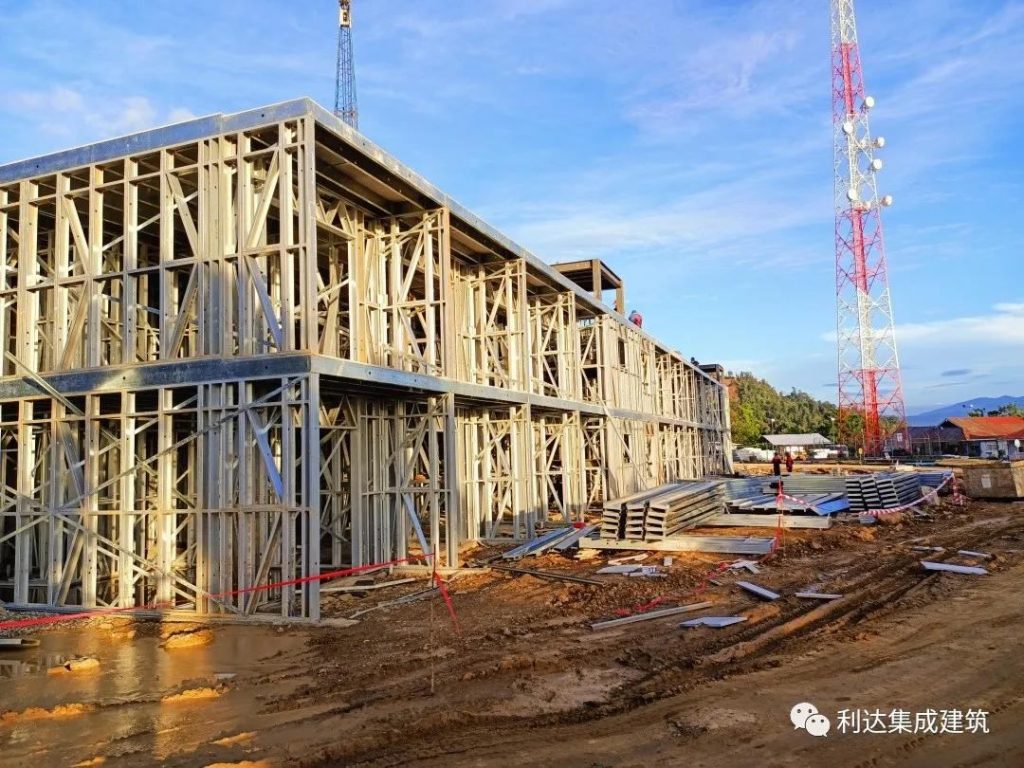
Conclusion: Embrace the Strength & Cost-effectiveness of Steel Structure Buildings
In conclusion, embracing the strength and cost-effectiveness of steel structure buildings is a wise decision for any construction project. The durability and longevity of steel make it an ideal choice for buildings that need to withstand harsh weather conditions and heavy loads.
Not only are steel structure buildings built to last, but they also offer a cost-effective solution. Steel is readily available and can be fabricated off-site, reducing construction time and labor costs. Additionally, the maintenance required for steel structures is minimal compared to other building materials, resulting in long-term savings.
By choosing steel structure buildings, you are investing in a durable and reliable construction solution that will stand the test of time. Embrace the strength and cost-effectiveness of steel structure buildings today for a successful and sustainable future.

Typical drawings of Lida The Advantages of Steel Structure Buildings: Strength, Durability, and Cost-effectiveness
Specification of Lida The Advantages of Steel Structure Buildings: Strength, Durability, and Cost-effectiveness
Send Your Message
Our team will use our experience to provide the professional services .




